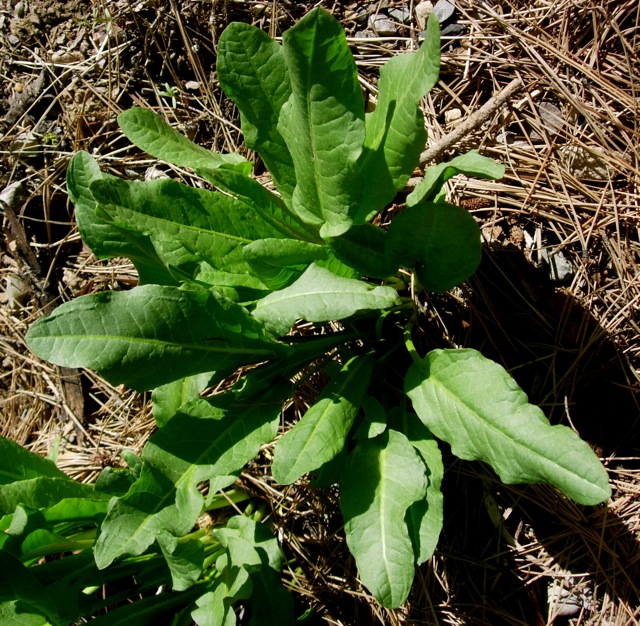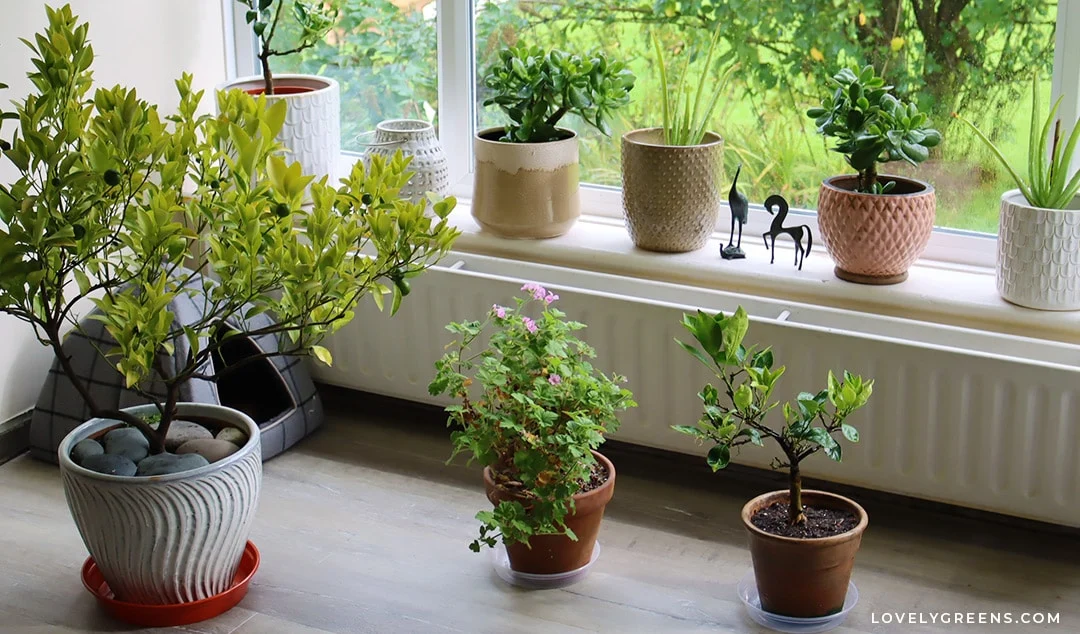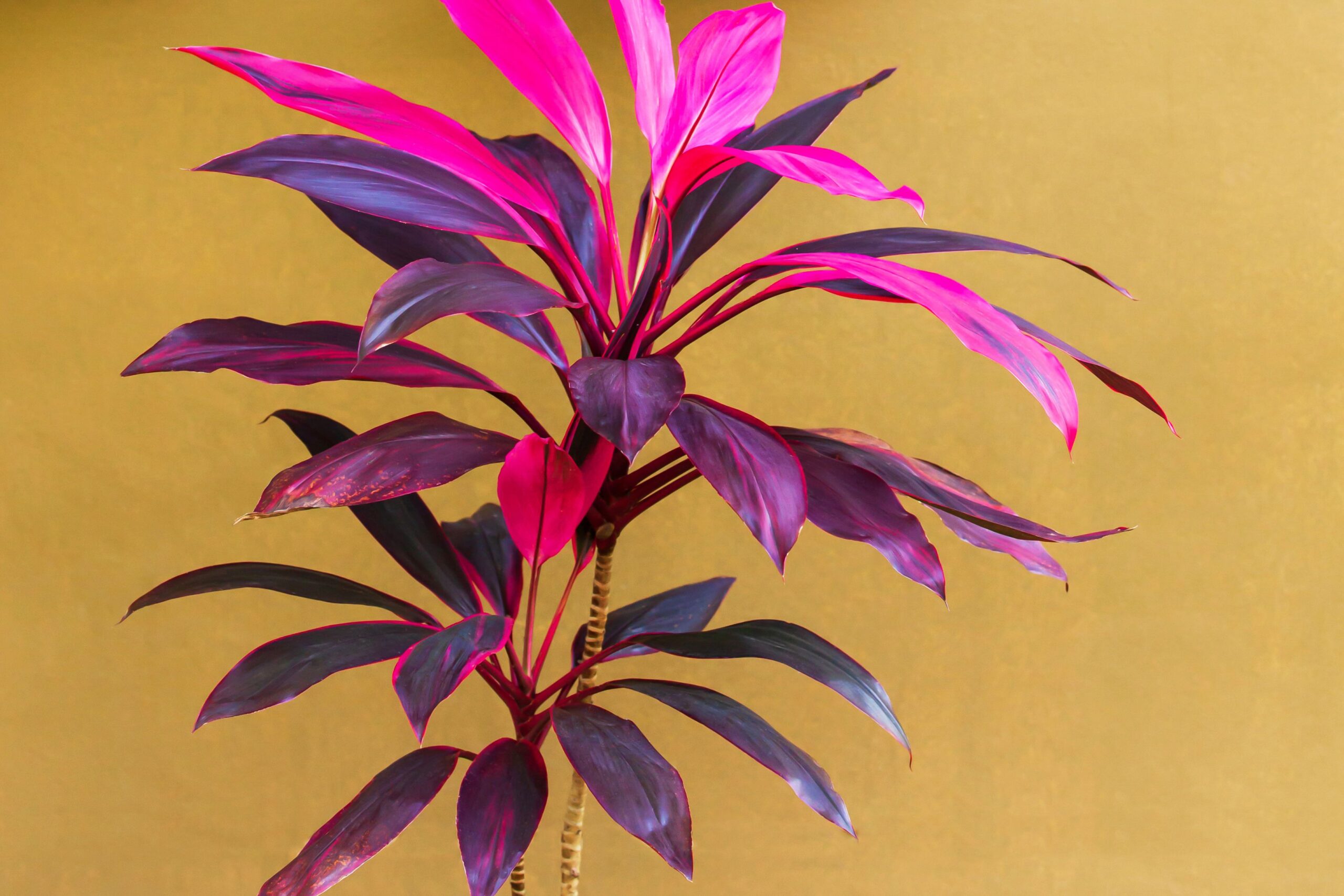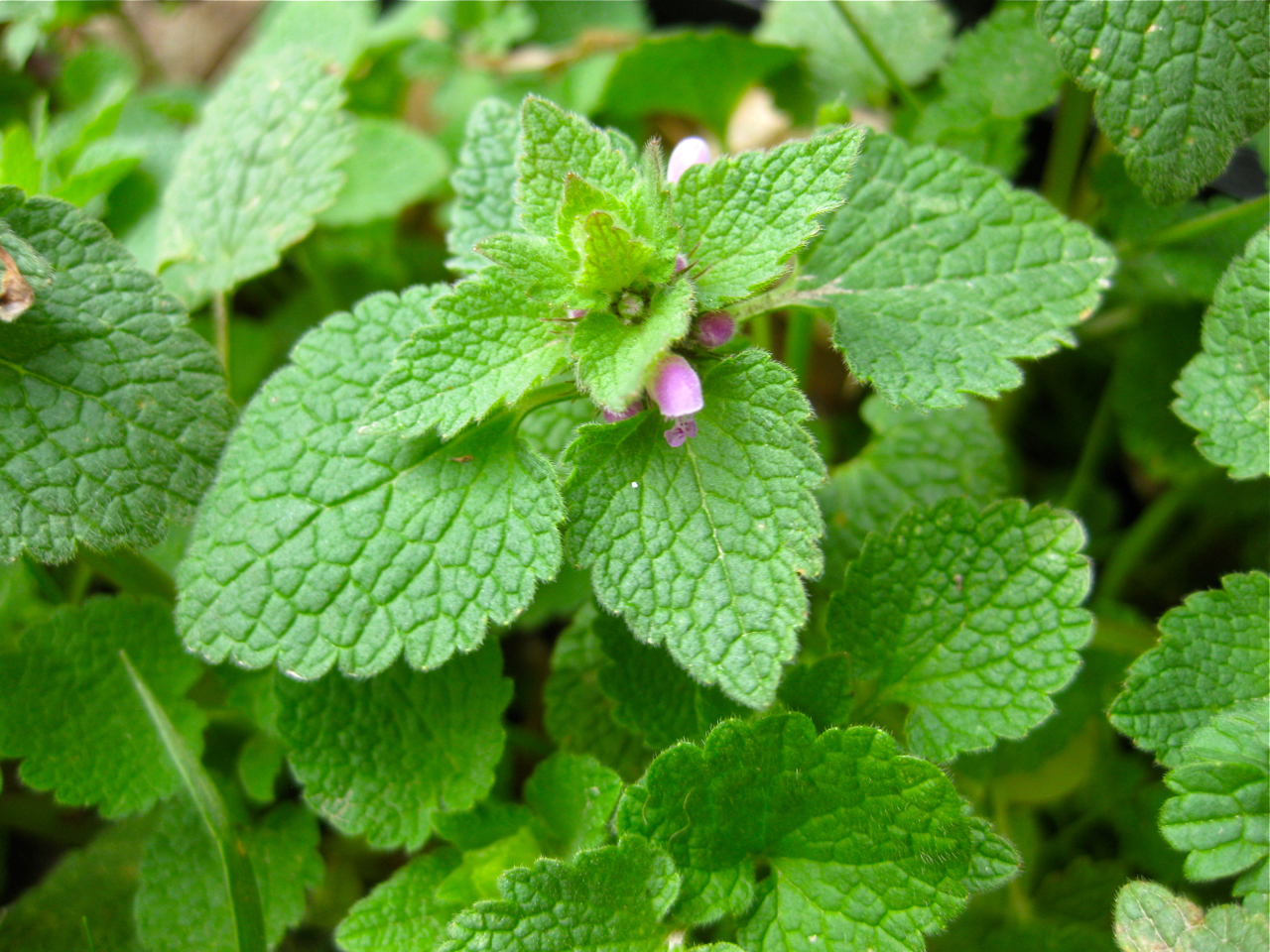To care for a Zebra Plant, provide bright, indirect sunlight and keep the soil consistently moist. Place the plant in a boldly potted area to accentuate its striped leaves and watch for yellow blooms.
Regularly water by allowing half the soil to dry between waterings to avoid leaf damage. This plant thrives in well-drained soil and filtered light, making it a striking addition to any space. By following these simple care instructions, you can enjoy the beauty of your Zebra Plant for a long time.
Choosing The Right Location
Choosing the right location for your zebra plant is crucial for its overall health and growth. Whether you plan to keep it indoors or nurture it in an outdoor setting, understanding the light and temperature requirements is fundamental. Let’s explore the key considerations for selecting the ideal spot to care for your zebra plant.
Indoor Versus Outdoor
Determining whether to grow your zebra plant indoors or outdoors is the first step in ensuring its well-being. Indoors, these plants thrive in moderate to bright, indirect light. In contrast, if you opt for outdoor cultivation, ensure that the zebra plant is placed in a shaded area, shielded from direct sunlight.
Light And Temperature Requirements
Light and temperature play a pivotal role in the care of zebra plants. Indoors, place the plant near a window where it can receive bright, indirect sunlight. Outdoor locations should provide shade or dappled sunlight to prevent the leaves from scorching. The ideal temperature range for zebra plants is between 60-75°F (15-24°C). Avoid exposing the plant to extreme temperature fluctuations or drafts, which can hamper its growth.

Credit: www.amazon.com
Watering And Humidity
When it comes to caring for a zebra plant, ensuring proper watering and humidity levels is crucial. These tropical plants thrive in humid environments and require consistent moisture to flourish. In this section, we will delve into the specifics of watering frequency and humidity levels to provide optimal care for your zebra plant.
Watering Frequency
Water is essential for zebra plants, but overwatering can lead to root rot, while underwatering can cause the leaves to wilt. To strike the right balance, water your zebra plant consistently but allow the soil to partially dry out between waterings. A general rule of thumb is to water the plant when the top inch of soil feels dry. This helps prevent waterlogging and maintains the soil’s moisture content, promoting healthy growth.
Humidity Levels
Zebra plants thrive in moist, humid conditions reminiscent of their native tropical habitat. To mimic this environment, it’s beneficial to increase the humidity around your zebra plant, especially during drier seasons or in arid climates. Providing ample humidity can be achieved through methods such as misting the leaves with water, using a humidifier, or placing the plant on a pebble tray filled with water to enhance moisture in the air.
Soil And Repotting
When it comes to zebra plant care, ensuring the right soil mix and proper repotting are crucial for the plant’s health and growth.
Choosing The Right Soil Mix
For zebra plant care, opt for a well-draining soil mix to prevent waterlogging, such as a blend of peat moss, perlite, and sand.
When And How To Report
When the zebra plant outgrows its current pot or the roots become overcrowded, it’s time to repot. Choose a pot one size larger and gently loosen the roots before placing the plant in its new home.
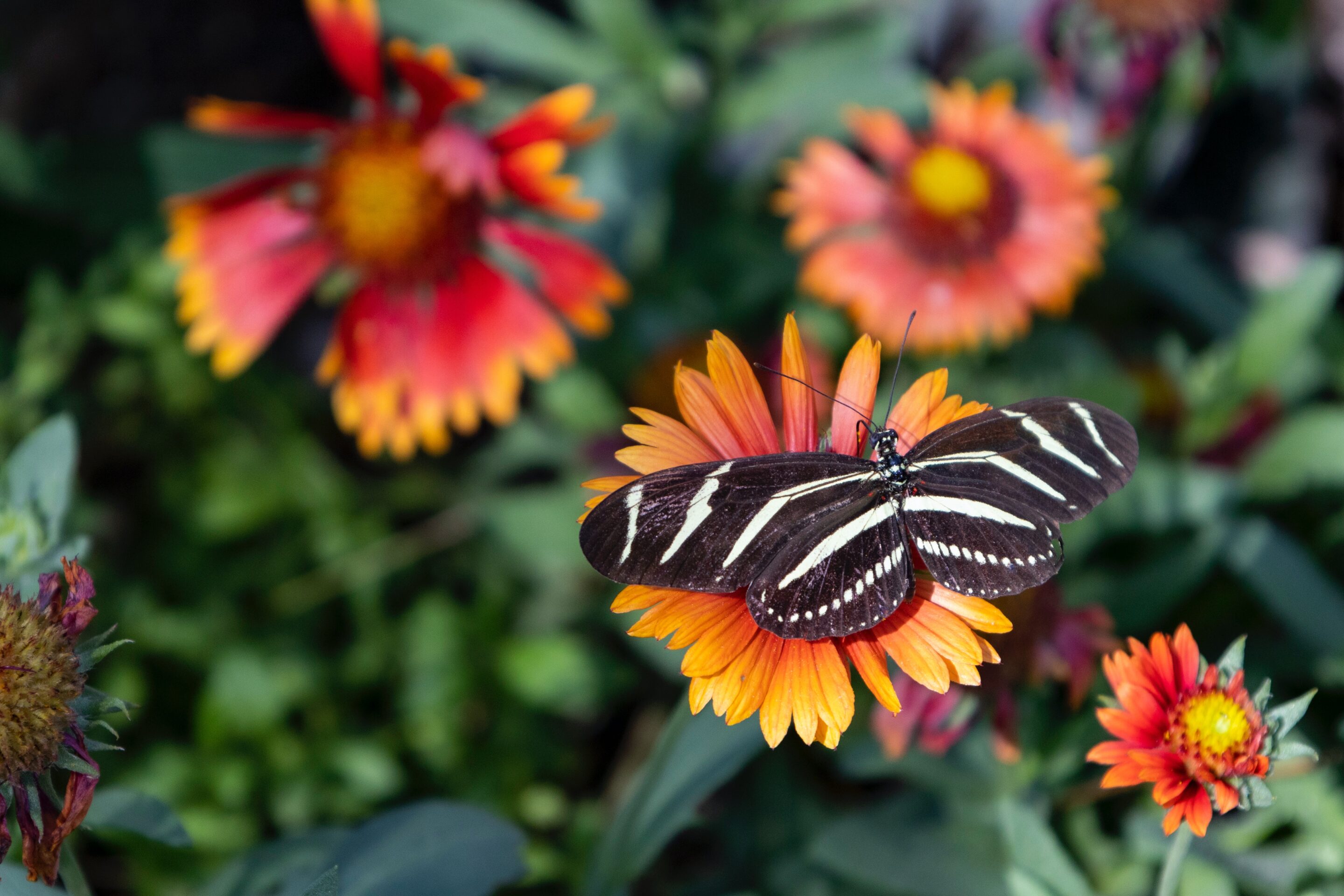
Credit: eudaimoniahomes.com
Pruning And Propagation
Proper pruning and propagation techniques are essential for maintaining the health and growth of your zebra plant. Pruning promotes bushier and more compact growth, while propagation allows you to create new plants from existing ones. In this section, we will explore the different methods of trimming for growth and propagating your zebra plant.
Trimming For Growth
Trimming your zebra plant is crucial for encouraging new growth and maintaining its shape. Here are a few key tips to follow when trimming your zebra plant:
- Remove damaged or dead leaves: Regularly inspect your zebra plant for any leaves that appear yellowed, brown, or wilted. These leaves should be gently pruned at the base to prevent the spread of disease and maintain the plant’s overall health.
- Promote bushier growth: If you want your zebra plant to have a fuller appearance, you can trim the tips of the stems. This encourages branching, resulting in a bushier and more compact plant.
- Control size: Zebra plants have a tendency to grow quite tall. To manage the size, you can trim the stems to a desired height. Ensure you make clean cuts just above a leaf node using sharp and sterile pruning shears.
Propagation Methods
If you want to expand your collection of zebra plants or share them with friends and family, propagation is the way to go. Here are a few popular methods for propagating zebra plants:
- Stem cuttings: Select a healthy stem from your mature zebra plant and cut it just below a leaf node. Remove the lower leaves, leaving a few at the top. Place the cutting in a glass of water and keep it in a bright and warm spot. After a few weeks, you should see roots forming. Once the roots are established, plant the cutting in a well-draining potting mix.
- Division: If your zebra plant has multiple stems or clumps, it can be divided into smaller plants. Carefully remove the plant from its pot and separate the clumps by gently pulling them apart. Ensure each division has enough roots and repot them into separate containers.
By practicing proper trimming techniques and exploring propagation methods, you can ensure the healthy growth and expansion of your zebra plants. Experiment with these methods and have fun propagating new plants to add beauty and greenery to your indoor space.
Fertilizing
Fertilizing is an essential aspect of zebra plant care, providing the necessary nutrients for healthy growth and vibrant foliage. Understanding the right fertilizer, as well as the frequency of fertilization, is crucial for maintaining the well-being of your zebra plants.
Choosing The Right Fertilizer
When it comes to fertilizing zebra plants, it’s vital to opt for a balanced, water-soluble fertilizer specifically formulated for indoor tropical plants. Choose a fertilizer with a higher concentration of nitrogen to foster leafy growth and vibrant foliage. Look for a formulation designed for foliage plants with a balanced ratio of macronutrients such as 10-10-10 or 20-20-20.
Frequency Of Fertilization
For optimal zebra plant care, fertilize once a month during the growing season, which typically spans from spring to early fall. Apply the chosen fertilizer at half the recommended strength to prevent the risk of over-fertilization, which can lead to salt buildup in the soil. Avoid fertilizing in the winter months when zebra plants typically go dormant.
Common Pests And Problems
As with any plant, zebra plants can face various pests and problems. Taking proactive measures in identifying and troubleshooting these issues is integral to ensuring the health and vitality of your zebra plant.
Identifying Pests
Common pests that may affect zebra plants include spider mites, aphids, and mealybugs. Spider mites are tiny pests that can cause stippling on the leaves. Meanwhile, aphids and mealybugs can often be found on the undersides of the leaves, causing yellowing and distortion.
If you notice small webs, tiny insects, or sticky residues on the foliage, these can be signs of pest infestations. Regularly inspecting your zebra plant for these indicators can help identify and address pest issues promptly.
Troubleshooting Common Issues
One of the most common issues with zebra plants is overwatering, which can lead to root rot. Ensure that the soil remains consistently moist, but not waterlogged. Additionally, zebra plants thrive in humid conditions, making them susceptible to powdery mildew. Maintaining proper ventilation and avoiding overcrowding can mitigate this problem.
It’s essential to place your zebra plant in an environment with bright, indirect sunlight to prevent issues such as leaf yellowing or stunted growth. Regularly wiping the leaves with a damp cloth can also help to keep them free from dust and pests.
By being vigilant in identifying pests and promptly addressing common issues, you can ensure that your zebra plant thrives and remains a striking addition to your indoor garden.
Frequently Asked Questions For How To Care For Zebra Plant
How Often Should I Water A Zebra Plant?
Water your Zebra Plant every few weeks, saturating the soil thoroughly until water drains out of the container’s holes.
How Do I Keep My Zebra Plant Happy?
To keep your Zebra Plant happy, place it in a spot with bright, indirect sunlight. Ensure that the soil is consistently moist but not waterlogged. Water the plant every few weeks or when the soil starts to dry out. Avoid letting the soil dry out completely.
A bold pot can enhance the plant’s striped leaves. In late summer or early fall, look out for the plant’s signature yellow bract, which will bloom.
Do Zebra Plants Like To Be Misted?
Yes, zebra plants like to be misted occasionally.
Do Zebra Plants Like Big Pots?
Zebra plants prefer smaller pots to prevent overwatering and allow soil to dry properly.
Conclusion
Caring for your Zebra Plant is simple with proper watering and light. Watch it thrive with consistent care. Maintain a happy, healthy plant for stunning results. Follow these tips to enjoy your vibrant Zebra Plant in all its beauty.


